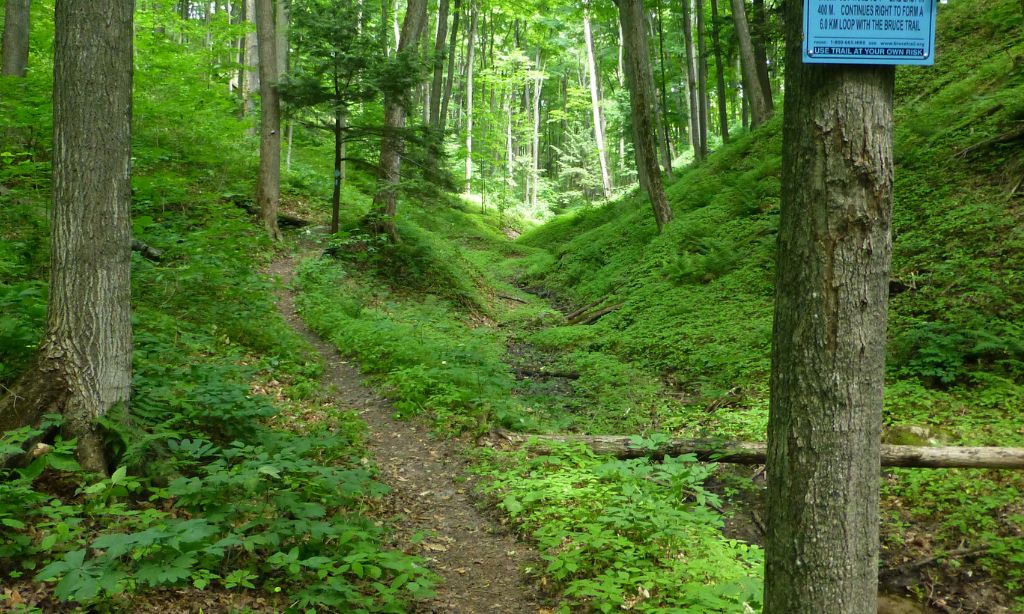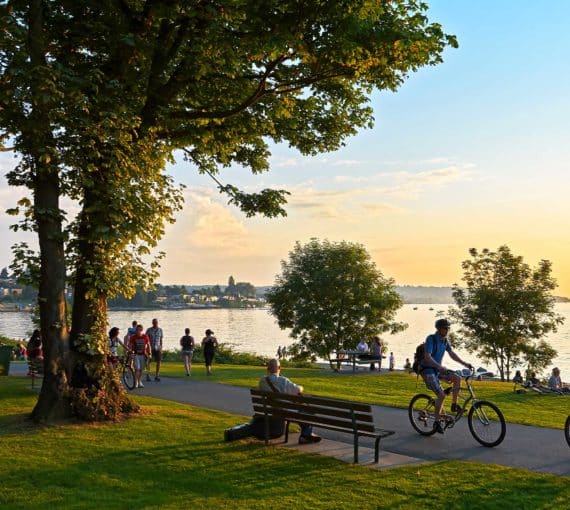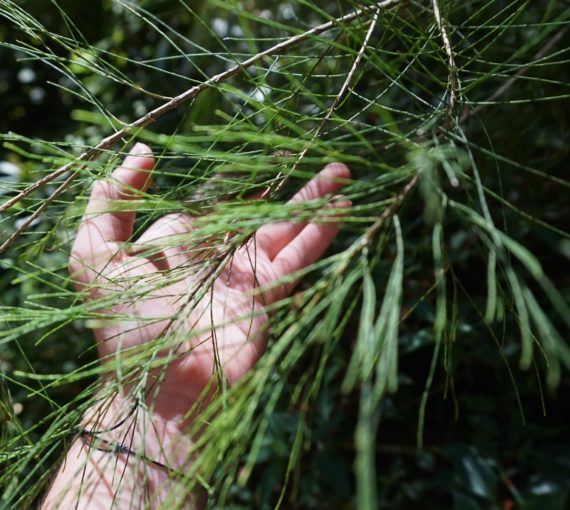
The Greenbelt is a gift, but the provincial auditor general’s assessment of Ontario’s plan to remove 7,400 acres of protected farmland, wetland and forest reveals the government’s bleak perspective of nature (Photo: Greenbelt Foundation)
Many observers will focus on the political intrigue, crookedness and corruption.
How developers made direct requests to a minister’s chief of staff to take properties out of the Greenbelt.
That government complied, making formerly protected areas available for development.
For me, the sad thing is how the Greenbelt is conceived.
Investors and politicians see it as land parcels, dark circles on a map, numbers tallied on a chart. Where is the childhood memory of walking the Bruce Trail in spring surrounded by a flowering of red and white trillium?
On August 9, provincial Auditor General Bonnie Lysyk released a 95-page assessment of Ontario’s plan to remove from protection 3,000 hectares (7,400 acres) of farmland, wetland and forest. Written in response to a request from three opposition parties, it explains in exquisite detail the removal’s financial and environmental consequences.
Few will be surprised by the AG’s discoveries – little at Queen’s Park is shocking, these days – but she presents them with admirable assurance. Her findings are damning and definitive.
Notwithstanding government claims, opening the Greenbelt was never necessary to meet provincial housing goals. Lysyk learned this from city planners working in the regions where the protection designation would be scrapped. Even Ontario’s own Housing Affordability Task Force “determined that a shortage of land was not the cause of the province’s housing challenges and that the Greenbelt and other environmentally sensitive areas must be protected.”
Notwithstanding government claims, opening the Greenbelt was never necessary to meet provincial housing goals. Lysyk learned this from city planners working in the regions where the protection designation would be scrapped. Even Ontario’s own Housing Affordability Task Force “determined that a shortage of land was not the cause of the province’s housing challenges and that the Greenbelt and other environmentally sensitive areas must be protected.”
Lysyk offers a precise picture of land-removal profits. The scale is staggering. It’s one thing for tree huggers to make this point; it’s quite another when proclaimed by the auditor general. She writes: “Developers/landowners could see a $8.28 billion increase in the value of their land after the removal of 15 sites from the Greenbelt . . .” (Ontario wants the private sector to build “affordable” homes here.)
The consultation process was poor. Interested parties had just 30 days to weigh in. Indigenous communities were not adequately engaged. And Housing Ministry staffers didn’t have enough time to assess public comments. Government received 35,000 submissions, which were “overwhelmingly negative.” It didn’t matter. Queen’s Park did not change its plans.
The consultation process was poor. Interested parties had just 30 days to weigh in. Indigenous communities were not adequately engaged. And Housing Ministry staffers didn’t have enough time to assess public comments. Government received 35,000 submissions, which were “overwhelmingly negative.” It didn’t matter. Queen’s Park did not change its plans.
I’m struck by Ontario’s very conception of the Greenbelt. In its response to the AG’s report the premier’s office defends itself, saying it’s “unlocking lands” to build housing. The words are telling. In this worldview, protected green space is seen as imprisoned. Here nature is not in need of preservation, but liberation – in the form of development. When woods and fields become a subdivision, they’re set free. Such is the perverse vision guiding our decision-makers. For Queen’s Park, the Greenbelt is a commodity no different than tin or pork belly. It’s this impoverished notion of creation that troubles so many of us.
Earlier this summer, I walked the protected Niagara Escarpment near Tobermory. There in a field I saw for the first time a pair of sandhill cranes. I jumped the fence and put binoculars to my eyes. They were bowing their heads, spearing grain as herons spear fish. These were not abstractions. I experienced the birds and escarpment as a personal gift. I’ve loved this landscape since adolescence. I have dreams about its limestone sinkholes.
I’m not alone. Most Ontarians refuse to see the Greenbelt as land whose potential is only achieved when it’s monetized. Our relationship to it is one of intimate friendship, not commerce.
This, to its peril, is what the government cannot comprehend.
This op-ed was originally published in Corporate Knights.
Always grounded in sound evidence, the David Suzuki Foundation empowers people to take action in their communities on the environmental challenges we collectively face.



